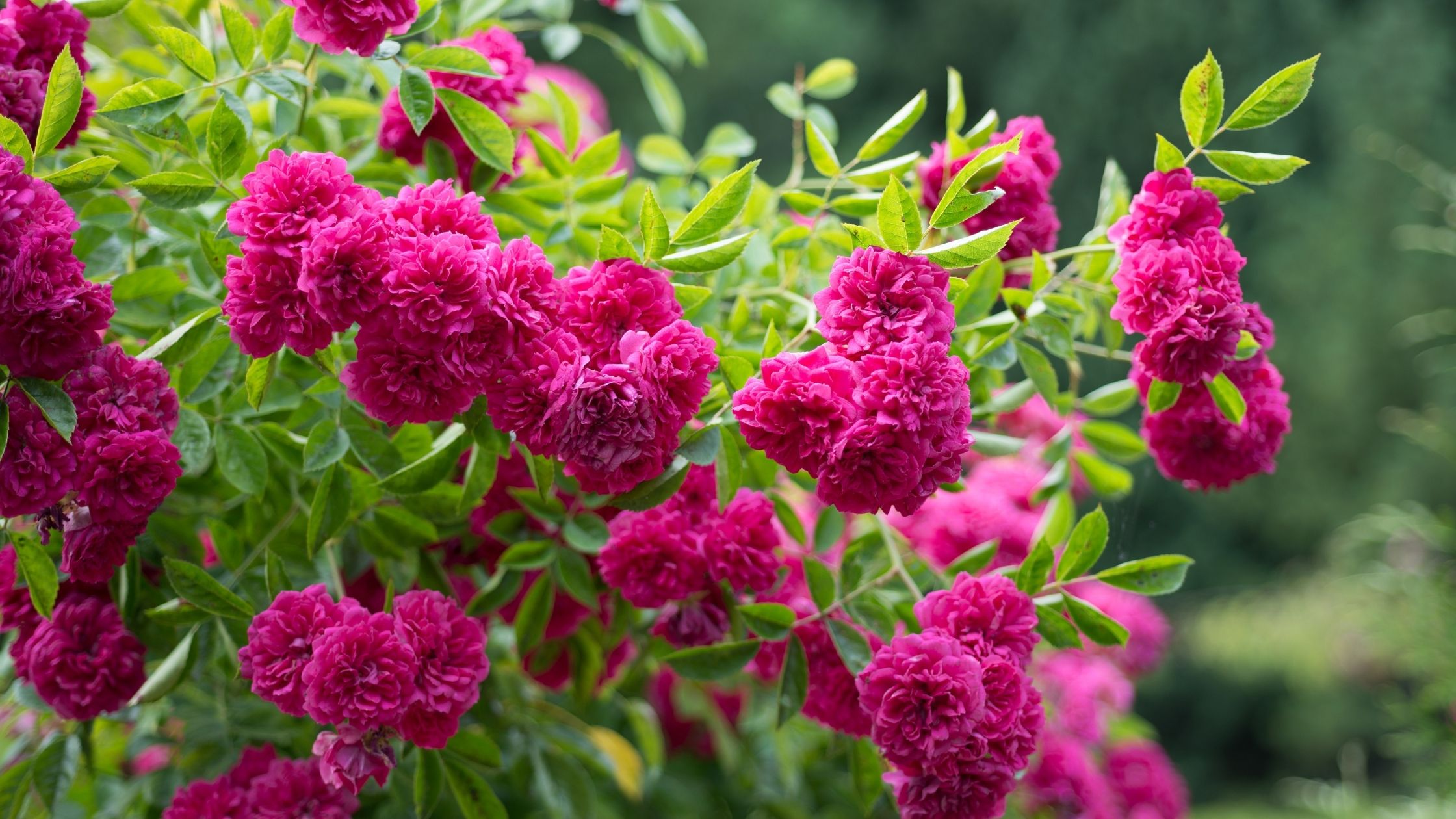Posted by Shannen Godwin on 17th Jun 2021
How to Grow a Sensory Garden

Growing a sensory garden is simple way to create a space that's not only amazing to look at, but great for mental well being. In our blog post, we'll share what a sensory garden is and which plants we recommend to start off your very own sensory garden.
What is a sensory garden?
Sensory gardens should be filled with plants that activate all our senses; touch, smell, sound, sight and taste. To create a sensory space, focus on:
- Scents that fill the air: Daphne, Philadelphus and Honeysuckle
- Plants you can smell up close: Hyacinths and Muscari
- Plants that make sound in the wind: Grasses and Bamboo
- Plants that add texture: Eremurus, Gypsophila and Wisteria
- Plants you can taste: Edible aromatic plants like Wild Garlic
Our Sensory Garden Starter Pack:
We've selected our special sensory favourites from our online range to start off your sensory garden journey.
Muscari 'Cupido'
Easy to grow and versatile spring plants. Enjoy the lovely fragrance of these pale blue, pea-like flowers in patio pots or around trees and shrubs.
Hyacinth 'Miss Saigon'
A vibrant, showstopping Hyacinth. These bold purple blooms are perfect for adding fragrance along borders or pathways.
Allium 'Summer Drummer'
A popular plant at this year's Chelsea Flower Show. These tall, highly fragrant Alliums are perfect for the back of the border.
Eremurus 'White Beauty'
A dazzling white bloomer that adds height and texture to the garden. These award-winning, long-flowering beauties are perfect for the summer garden.
Daphne 'Eternal Fragrance'
A creamy white Daphne. Their sweet scent is not to be missed when being carried in the breeze on a warm summers day. Perfect for patio pots.
Wisteria 'Prolific'
A show-stopping climber. If you want to add, texture, scent and movement to the garden, this vibrant purple Wisteria does it all.

